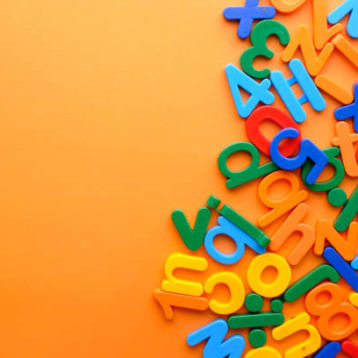Navigating the world of banking can be complex, but understanding how to find a bank account that suits your specific needs is essential. This guide aims to help you understand the different types of bank accounts available, their features, and how they can best serve your financial needs. Let’s delve into it!
1. Understanding Your Needs and Goals
Before searching for the right bank account, you must understand your financial needs and goals. Are you looking to save for a specific goal, like a new car or a dream vacation? Or perhaps you need an account for everyday transactions, like grocery shopping or bill payments? Or maybe you’re seeking an account to help grow your wealth over time? Identifying your needs is the first step towards finding the right bank account.
Just as you wouldn’t buy running shoes for a formal event, you shouldn’t select a bank account that doesn’t match your financial objectives. Assessing your needs carefully will ensure that your chosen account will serve you well.
In considering “Which Bank Account is Right for You? A Comprehensive Guide,” it’s important to evaluate options that accommodate individuals with no credit bank accounts, ensuring financial inclusivity and accessibility.

2. Types of Bank Accounts
Once you’ve established your needs and goals, you can now explore the different types of bank accounts. There are four main types: Checking accounts, savings accounts, money market accounts, and certificates of deposit (CDs). Each of these accounts serves different purposes and has unique features, much like the various tools in a toolbox. Understanding the characteristics and benefits of each will help you make an informed decision, ensuring that your chosen account fits your financial landscape perfectly.
3. Exploring Checking Accounts
A checking account is like your wallet but safer. It’s designed for daily transactions such as paying bills, shopping, and withdrawing cash. Many checking accounts come with a debit card, online banking features, and the ability to set up direct deposits. A checking account might be a good fit if your financial needs include regular transactions. Imagine it as the workhorse of your financial stability.
“SoFi Checking has no account fees, monthly fees, or other such common fees.”
4. Discovering Savings Accounts
A savings account could be your best bet if your financial goals include saving for the future. These accounts are designed to help you save money while earning some interest. They’re like a piggy bank but with benefits. Some savings accounts offer higher interest rates than others, so it’s worth shopping around. Remember, every penny saved is a step towards your financial goals.
5. Certificates of Deposit (CDs) and Money Market Accounts
Certificates of Deposit (CDs) and Money Market Accounts offer compelling options for those looking to grow their savings over time. CDs, as offered by institutions such as banks, can be viewed as financial time capsules. You deposit a sum for a specified period, during which your money earns interest.
It is like you put it on a CD, and after a few months or years, it returns with some new friends (in the form of earned interest). On the other hand, Money Market Accounts are like a unique blend of a checking and savings account, offering both benefits with some added features. They provide a relatively higher interest rate and still maintain the flexibility of withdrawals, just like a checking account.
Finding the right bank account isn’t a one-size-fits-all scenario. It requires understanding your financial needs, a good knowledge of the different types of accounts, and some comparison shopping. After all, you wouldn’t buy a pair of shoes without trying them on, would you? Finding the right bank account is much the same. Happy banking!










